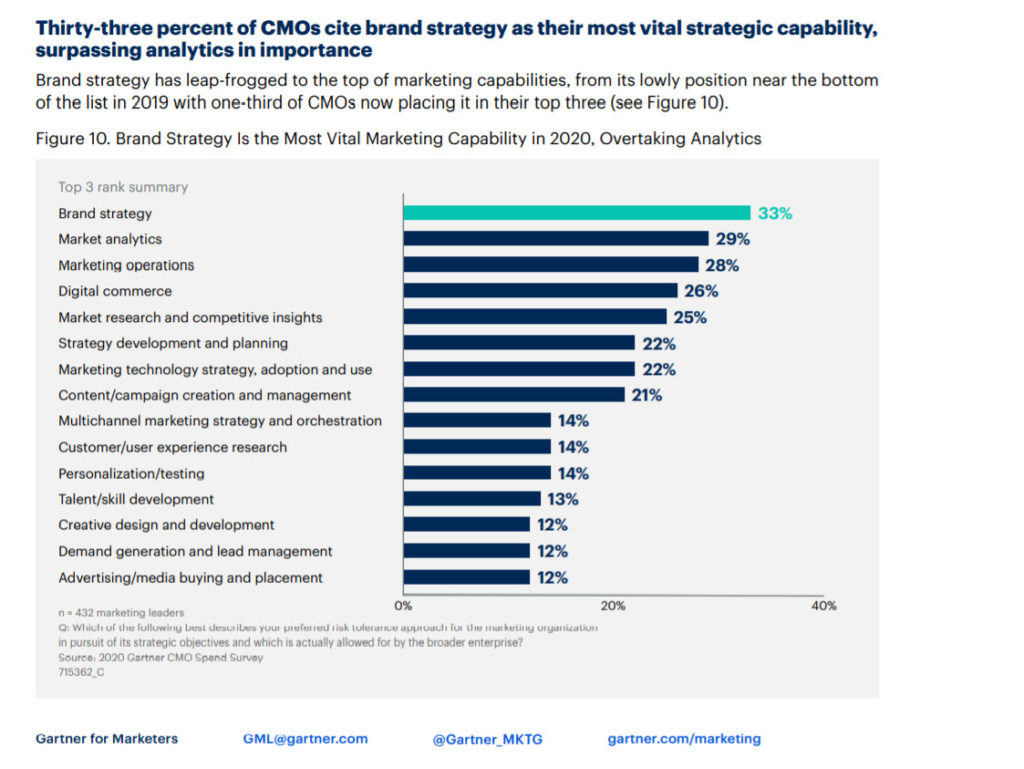Fines for Brand Strategy Noncompliance.
 What if brand strategy noncompliance came with a monetary fine? Rules are made to be followed. Fines work in banking, why not branding? And we all know adherence works best when there is a carrot or stick involved. Well, in brand management the carrot doesn’t seem to work. Creative people believe in campaigns but they are usually put off by strategic structure. That’s why lots of creative people don’t like briefs. “The shorter the better they say.”
What if brand strategy noncompliance came with a monetary fine? Rules are made to be followed. Fines work in banking, why not branding? And we all know adherence works best when there is a carrot or stick involved. Well, in brand management the carrot doesn’t seem to work. Creative people believe in campaigns but they are usually put off by strategic structure. That’s why lots of creative people don’t like briefs. “The shorter the better they say.”
I want the absolute best out of my creative people. I want them amped and excited. But I also want my artists to be hitting the positive brand-building values set out in the brand strategy (one claim, three proof planks.) And it is not good enough to just kill work as a brand manager. Killing work is a cancer at an ad agency. Letting work fly, regardless of strategic intent, is cool. But it’s not. That’s not how you build brands.
So why not hit the team with a fine each time they provide a solution off-piste. Money and compensation make the world go around. Why not consider using commercial disincentive to keep teams on track?
Probably my worst idea ever. I love it.
Peace.








